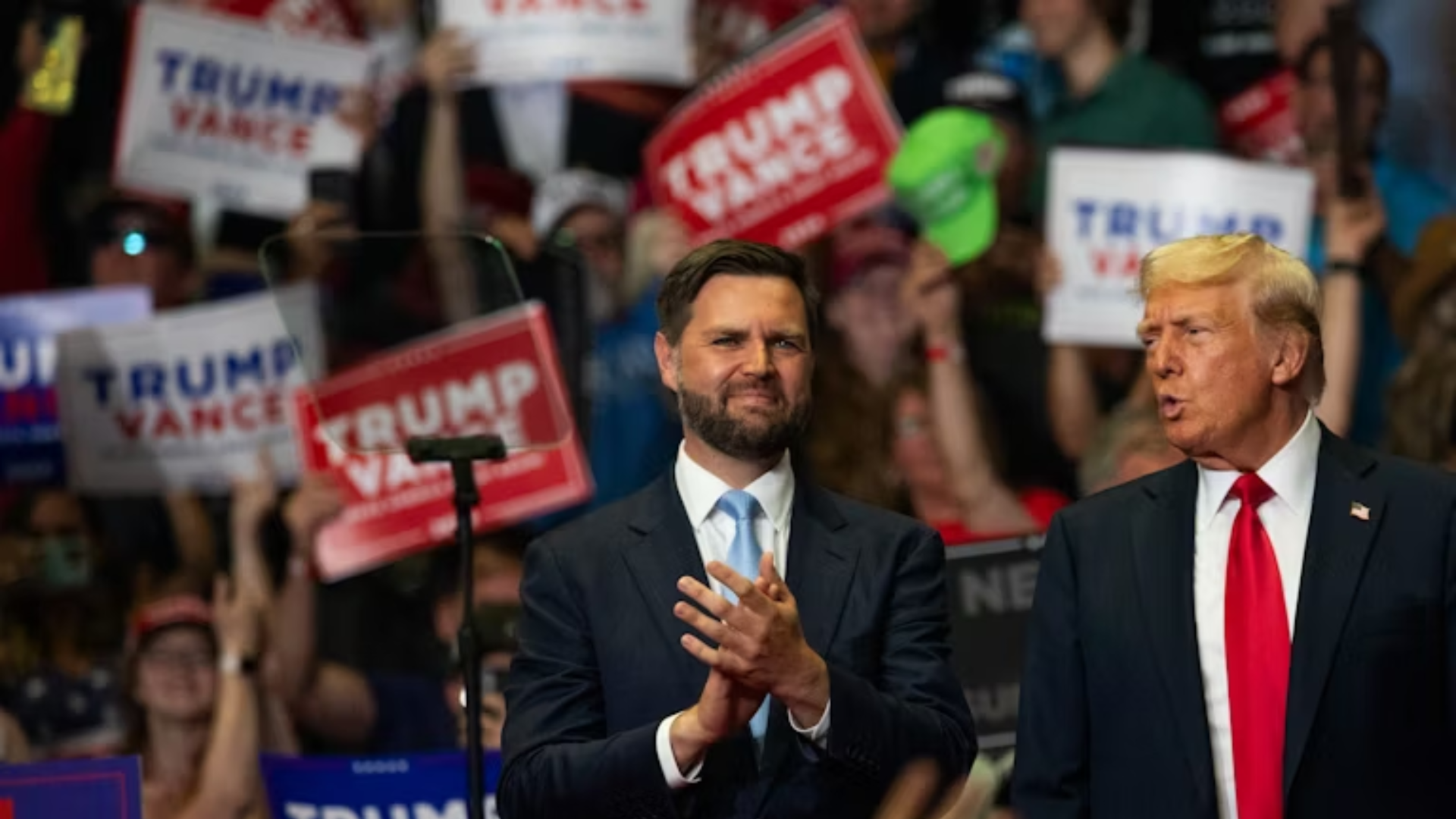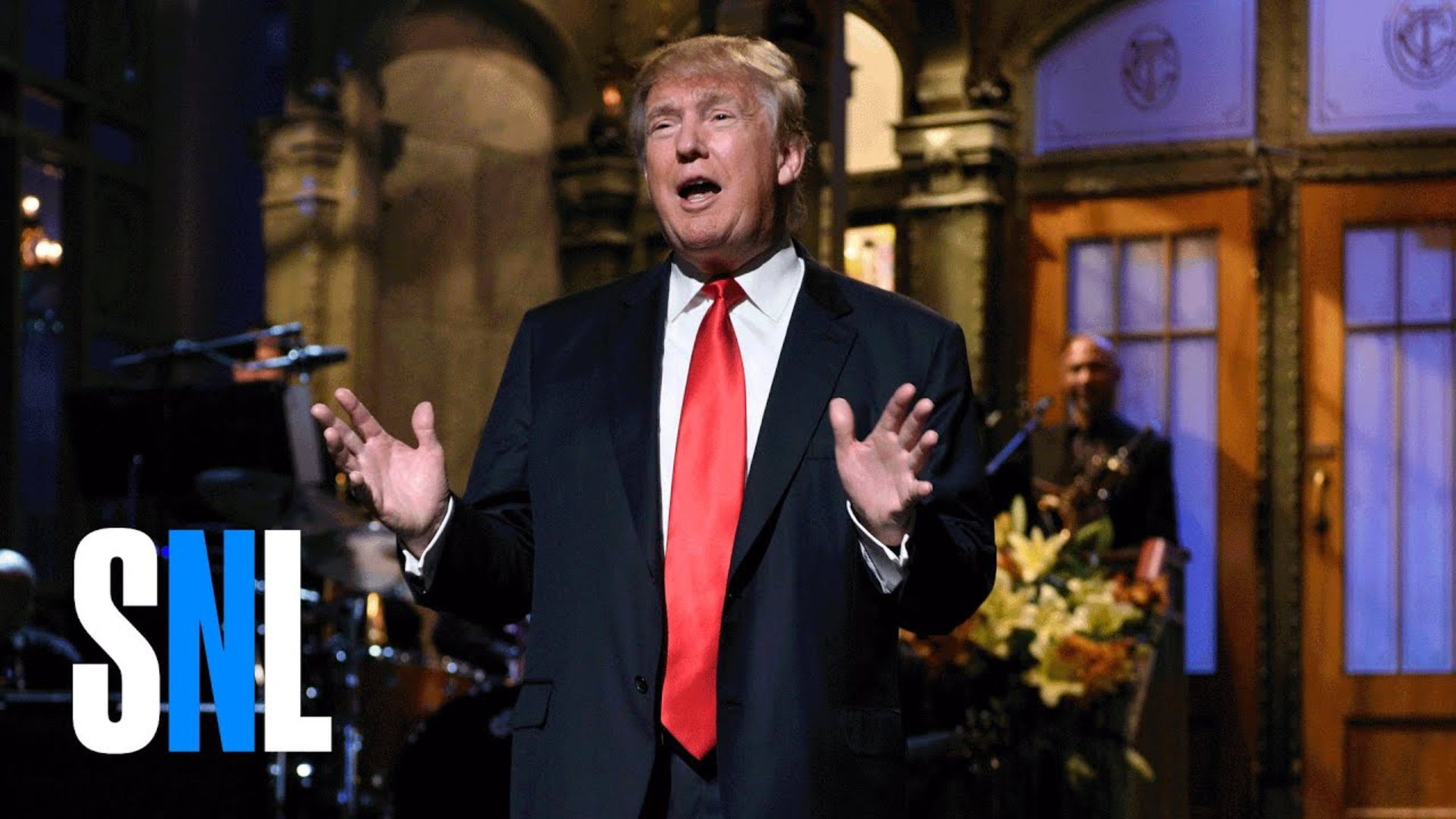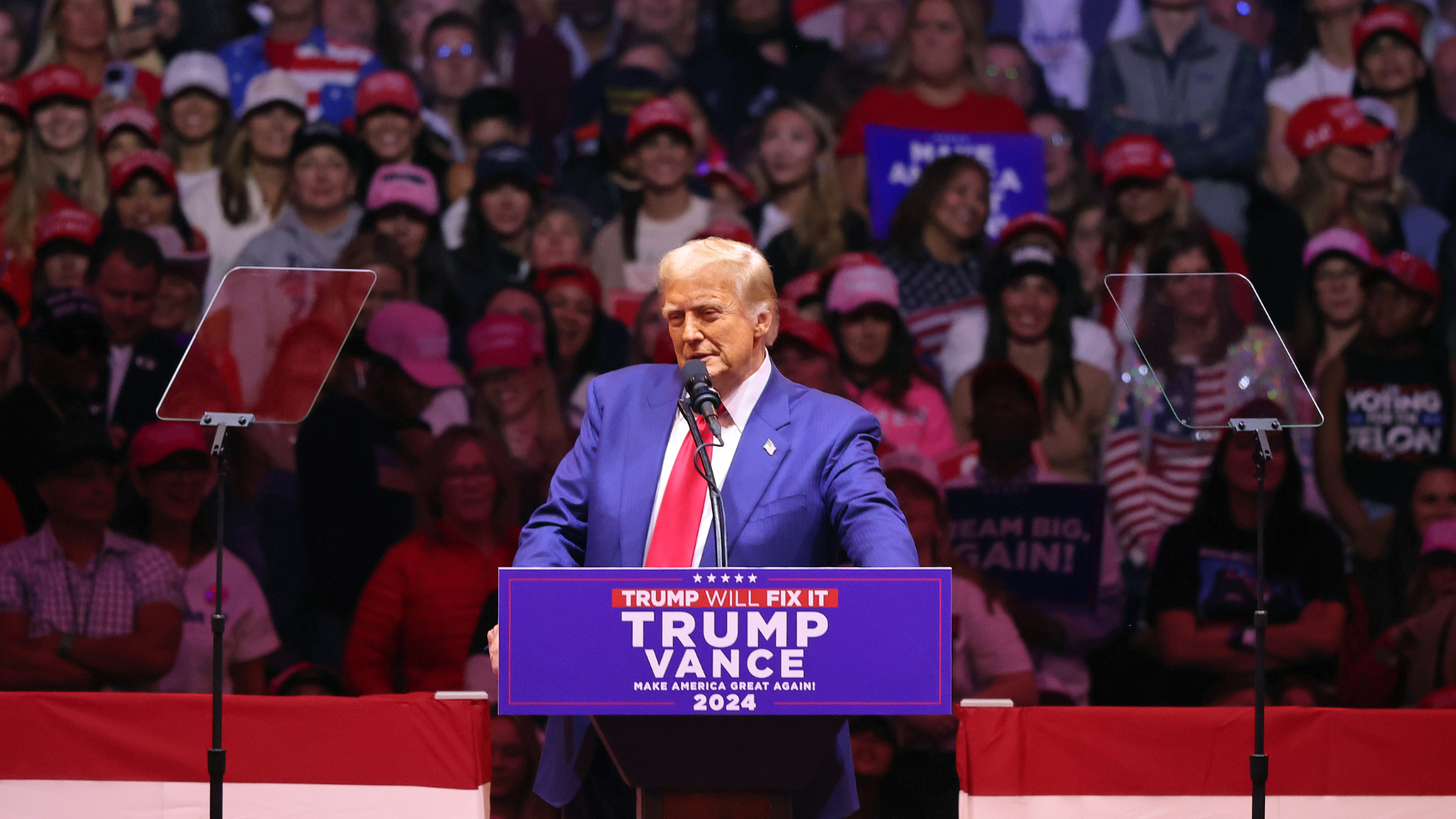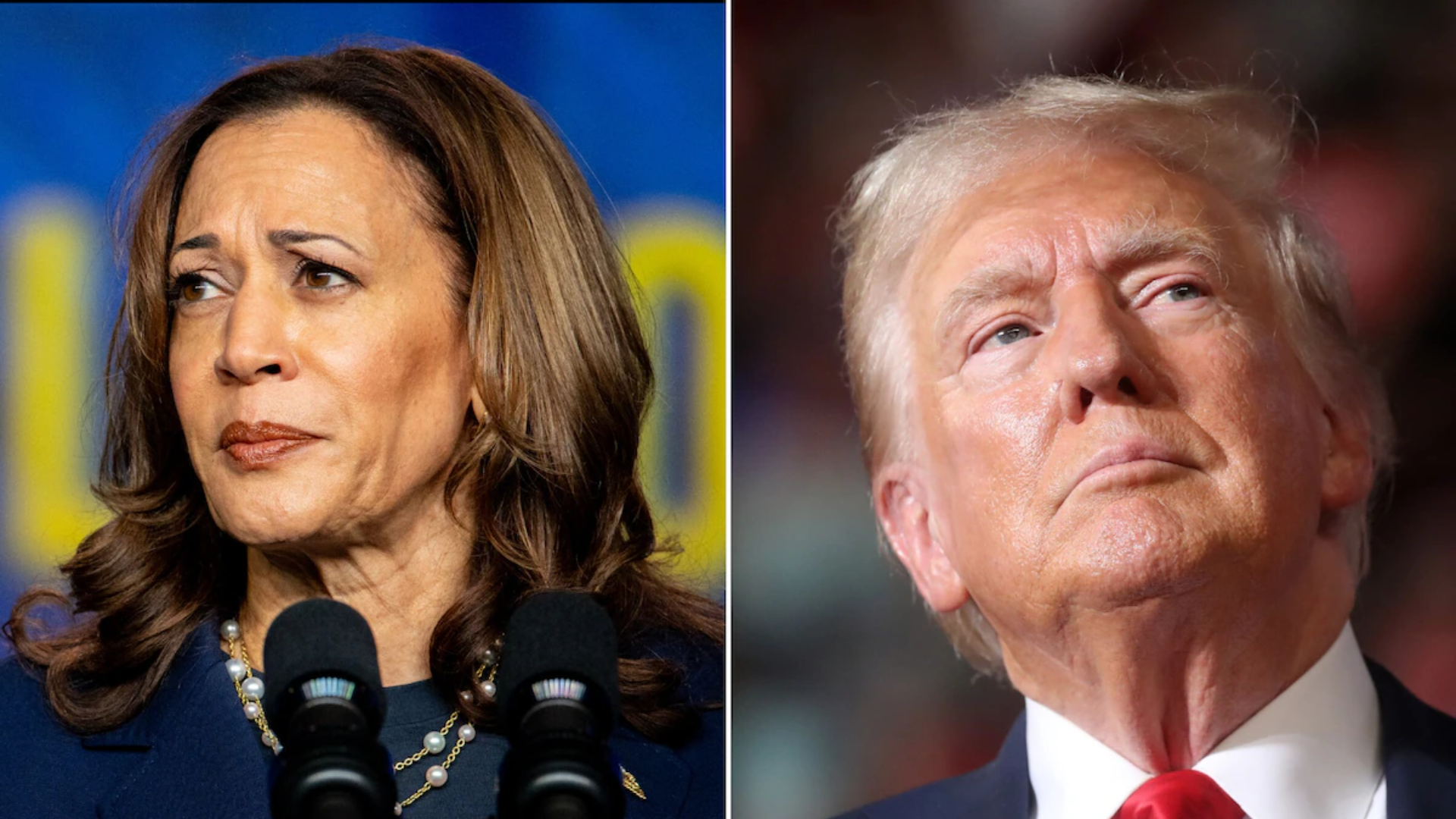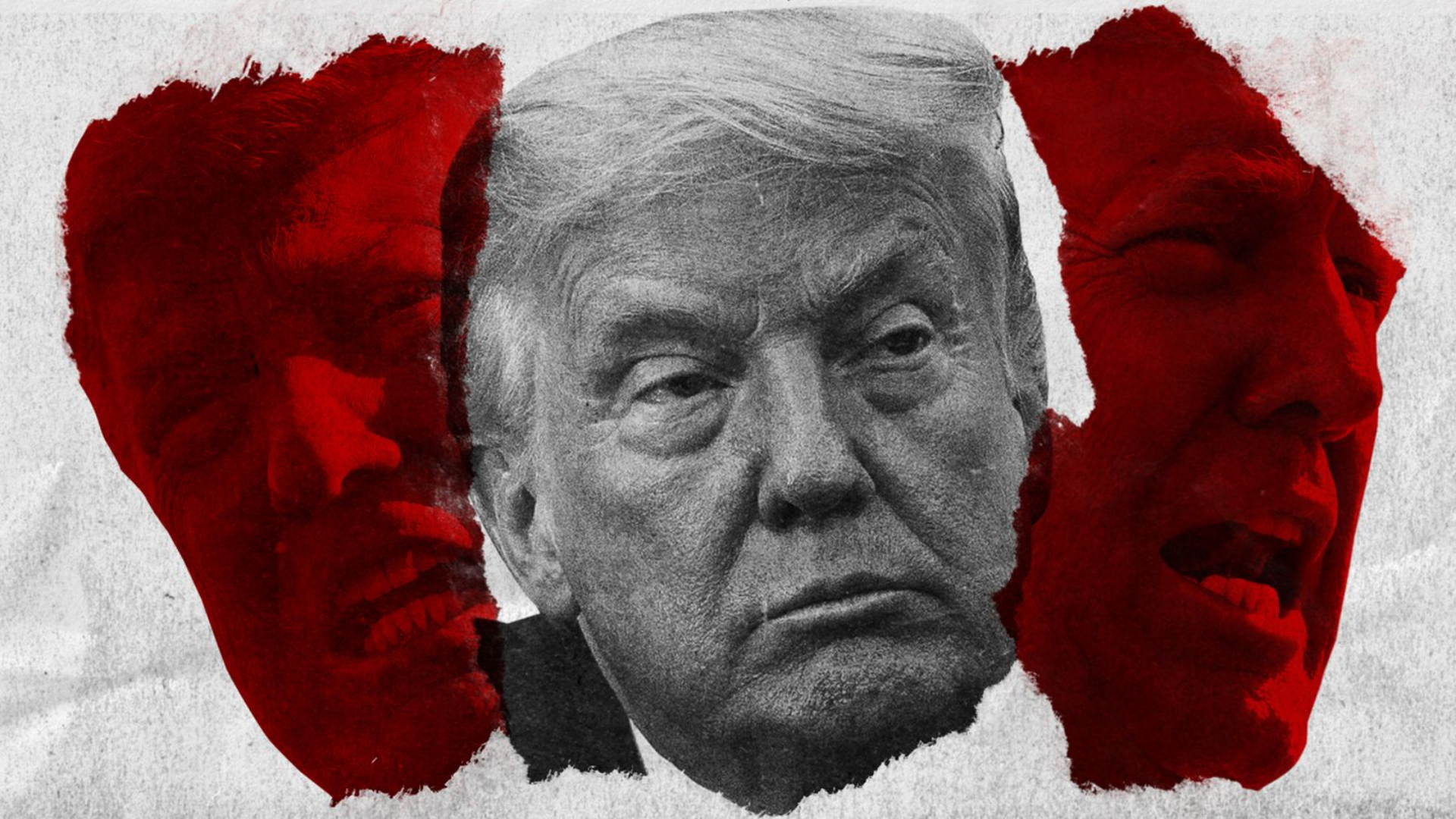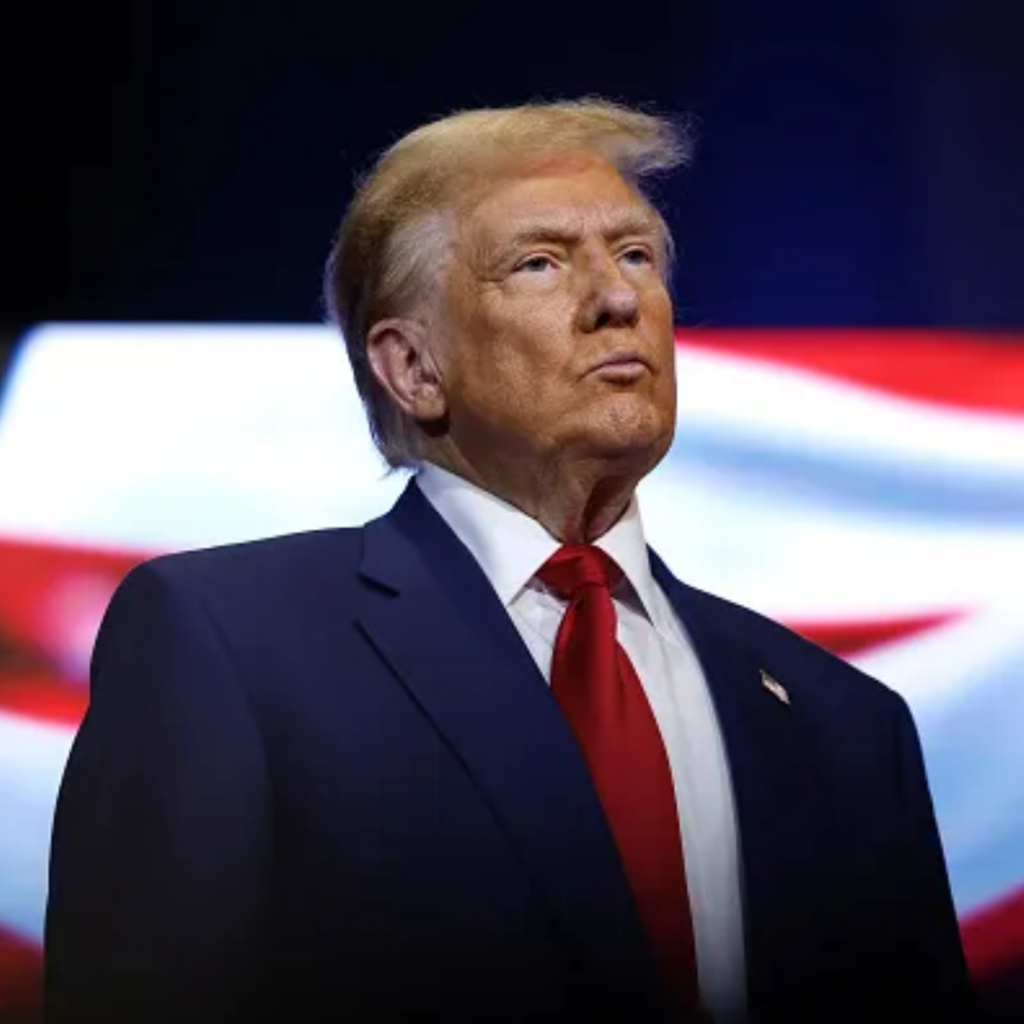
In recent campaign stops, former President Donald Trump has introduced a drastic idea: eliminating individual income taxes. Trump has proposed removing taxes on car-loan payments, Social Security benefits, and tips for servers. However, eliminating income taxes altogether represents a far more significant shift.
When asked by podcast host Joe Rogan if he was serious, Trump replied, “Yeah, sure, why not?” To offset the revenue lost from income taxes—nearly half of the federal government’s annual $5 trillion intake—Trump proposed broad tariffs on imported goods. “We will not allow the enemy to come in and take our jobs… unless they pay a big price, and the big price is tariffs,” he said.
Individual income taxes currently account for about 50% of federal revenue. Experts are raising questions about how this change would work and what its economic effects might be. Marc Goldwein, senior vice president at the Committee for a Responsible Federal Budget, called the proposal “a substantial change from current policy,” while noting the lack of concrete details.
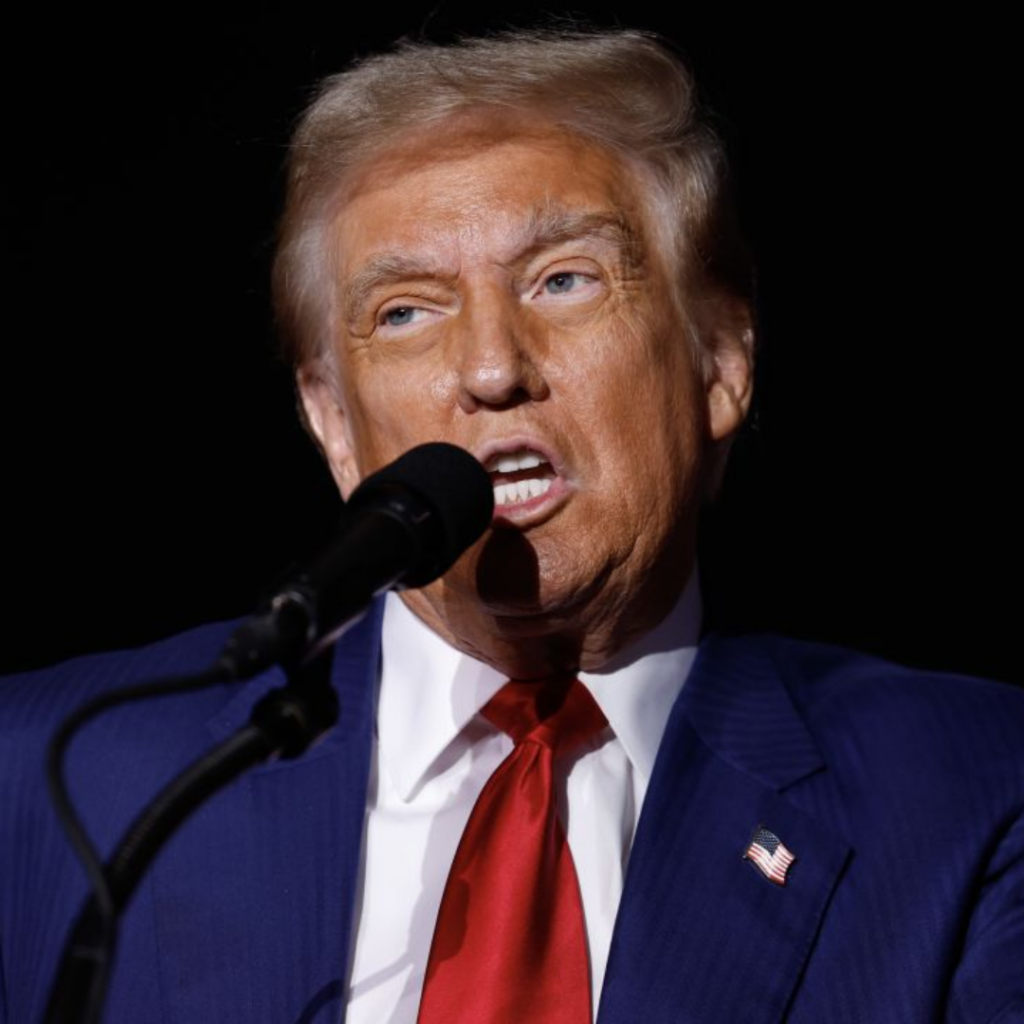
The Trump campaign highlighted the tax cuts enacted during his first term but didn’t directly address his new proposal. Campaign spokesperson Karoline Leavitt emphasized Trump’s plan to make past tax cuts permanent and to eliminate taxes on Social Security and tips for service workers if he returns to office.
Trump has proposed increasing tariffs significantly if re-elected, suggesting rates from 60% to 100% on Chinese imports, and proposing a 10% to 20% tariff on all imported goods. Recently, he even mentioned a possible 50% tariff on all imports. However, experts doubt that tariffs alone could replace income tax revenue.
In 2022, the U.S. imported $3.8 trillion in goods. To match the revenue from individual income taxes, tariffs would need to be around 70%, according to Alan Auerbach, a tax policy professor at UC Berkeley. A tariff rate this high would likely reduce trade, limiting the revenue generated. “It wouldn’t be feasible,” Auerbach explained, noting that such high tariffs would also drive up consumer costs.
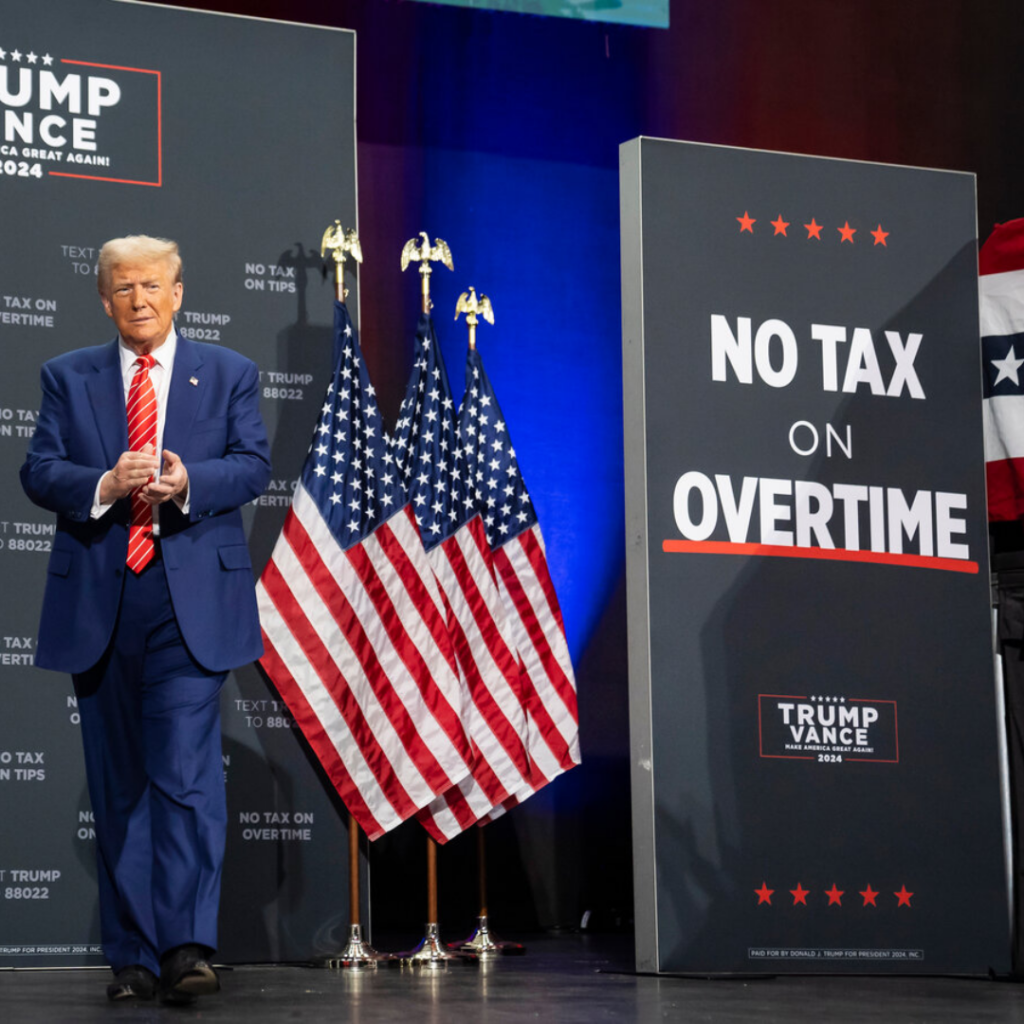
Erica York, senior economist at the Tax Foundation, echoed this skepticism, calling it “mathematically impossible” to replace income tax revenue with tariffs alone. Beyond feasibility, York and other experts warn that a tariff-based tax system could disproportionately impact low- and middle-income households.
In 2021, the top 50% of earners paid nearly 98% of all federal income taxes, according to the Tax Foundation. Eliminating income taxes would likely shift the burden, as tariffs impact all consumers equally, regardless of income level. This could hit lower-income households harder, as they spend a larger share of their income on consumer goods.
As tariffs increase prices on imported goods, low- and middle-income Americans would bear a larger share of the cost, since consumer goods make up a bigger portion of their spending. “Tariffs are at best a flat tax and more likely a regressive one,” Goldwein said, indicating that this shift could burden those least able to afford it.
While Trump would have authority to implement some tariffs, eliminating income tax would require approval from Congress. Erica York noted that Trump “can’t just eliminate the individual income tax” by himself. However, Trump could push for more tax cuts in 2025 when parts of his previous tax reform law are set to expire. He might negotiate further reductions, though a complete switch from income tax to tariffs would face significant legislative challenges.
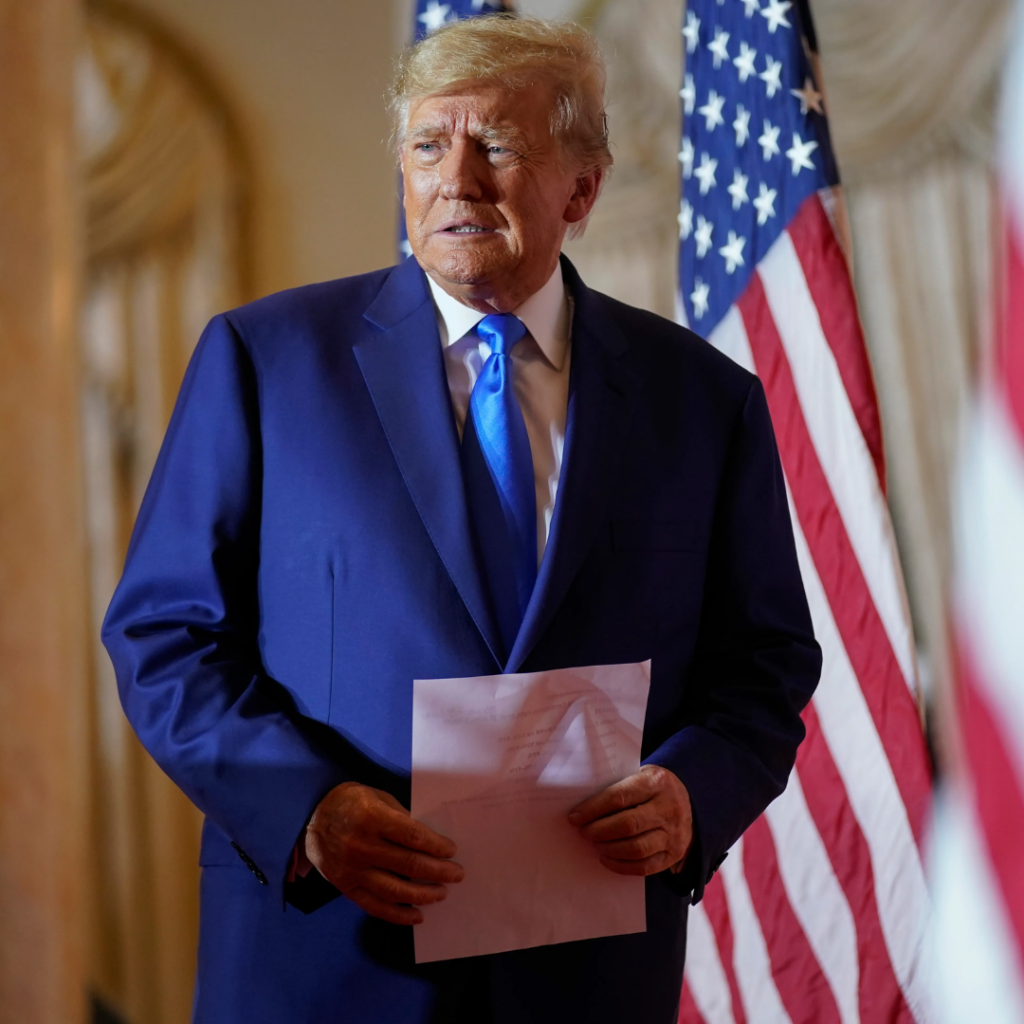
In summary, Trump’s proposal to eliminate individual income taxes and replace them with tariffs faces major obstacles. Experts argue that the plan is unlikely to generate sufficient revenue and could disproportionately impact lower-income Americans. As Trump continues his campaign, this ambitious tax plan has sparked significant debate but would need strong congressional support to advance.


